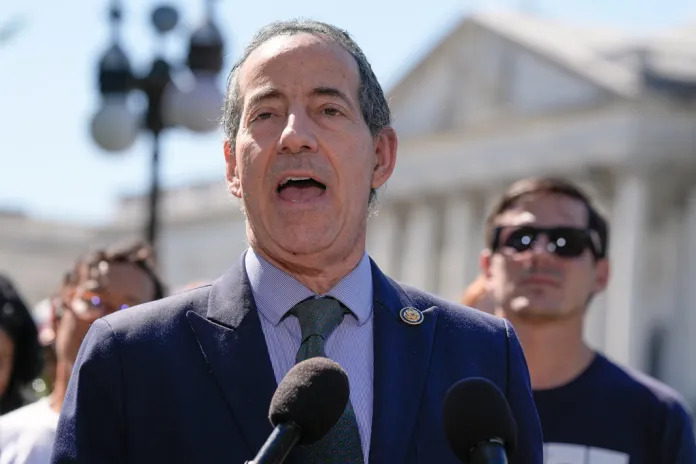Why the U.S. Has So Many Banks
In the United States, there are a vast number of banks. There are over 4,100 commercial banks in the country, although this number is fewer than the over 14,000 that existed in the 1930s and 1980s. However, it is still significantly more than in many other parts of the world. For example, Canada currently has 81 banks, while Japan has 112, China has 187, Germany has 251, and the United Kingdom has 311.
The majority of U.S. banks are small community and regional lenders that are much smaller than industry giants such as JPMorgan Chase, Bank of America, and Citigroup. However, smaller players are essential and collective in their roles, responsible for a significant volume of the borrowing that takes place across the country. More than 80% of commercial real estate loans are currently with banks that have fewer than $250 billion in assets, according to a report by Goldman Sachs economists Manuel Abecasis and David Mericle.
In March, the U.S. experienced a banking crisis that highlighted the lesser-known names, including Silicon Valley Bank, Signature Bank, Silvergate Bank, First Republic, Zions, PacWest, and Western Alliance, among others. The panic that followed the challenges that small and regional banks experienced served as a reminder that several of the country’s smaller institutions can create pockets of vulnerability that could pose potential systemic risks, according to a report.
Jefferson vs. Hamilton
The number of banks in the U.S. emerged from an argument between Thomas Jefferson, the first U.S. Secretary of State, and Alexander Hamilton, the first Treasury Secretary. Hamilton wanted a national bank, whereas Jefferson feared the influence of a dominant bank, which would put state-based lenders out of business. George Washington supported Hamilton, and the country gained its first national bank in 1791, followed by a second in 1816.
Though both national banks lost their charters because of opposition from the likes of Jefferson, state-based banks thrived for decades without national competition. President Lincoln restored national banks during the Civil War, and the banking system eventually took on a structure that was partly centralized and partly decentralized. Laws limited how large individual banks could become, protecting the numerous smaller lenders that operated within tight regional boundaries.
The number of banks increased as the country grew and reached over 10,
" Conservative News Daily does not always share or support the views and opinions expressed here; they are just those of the writer."




